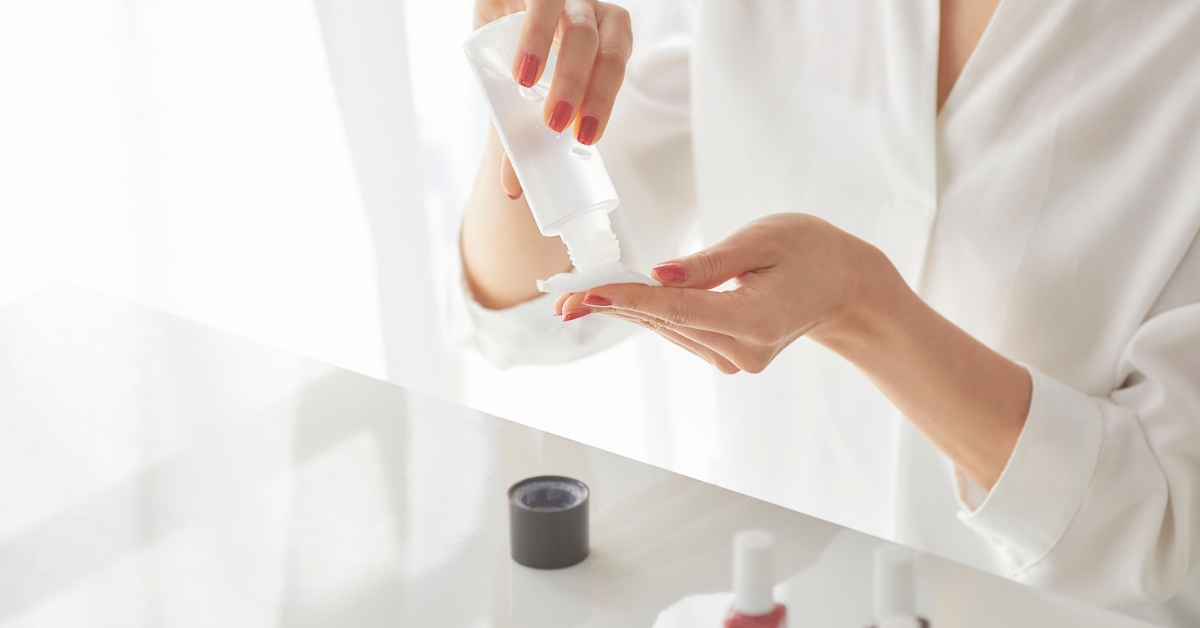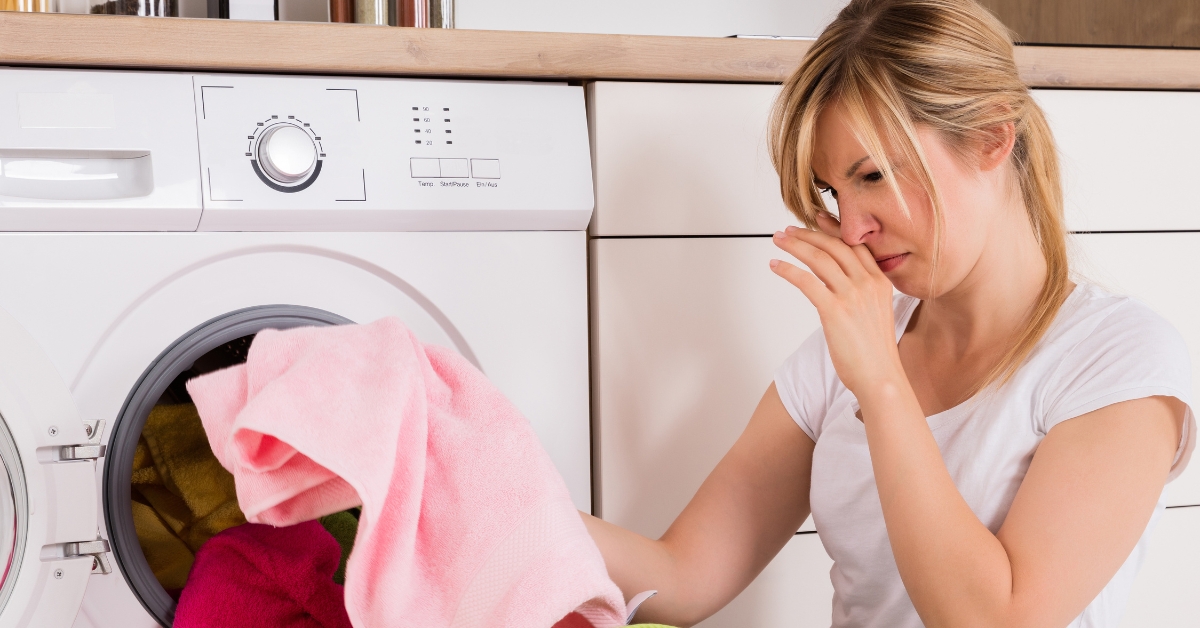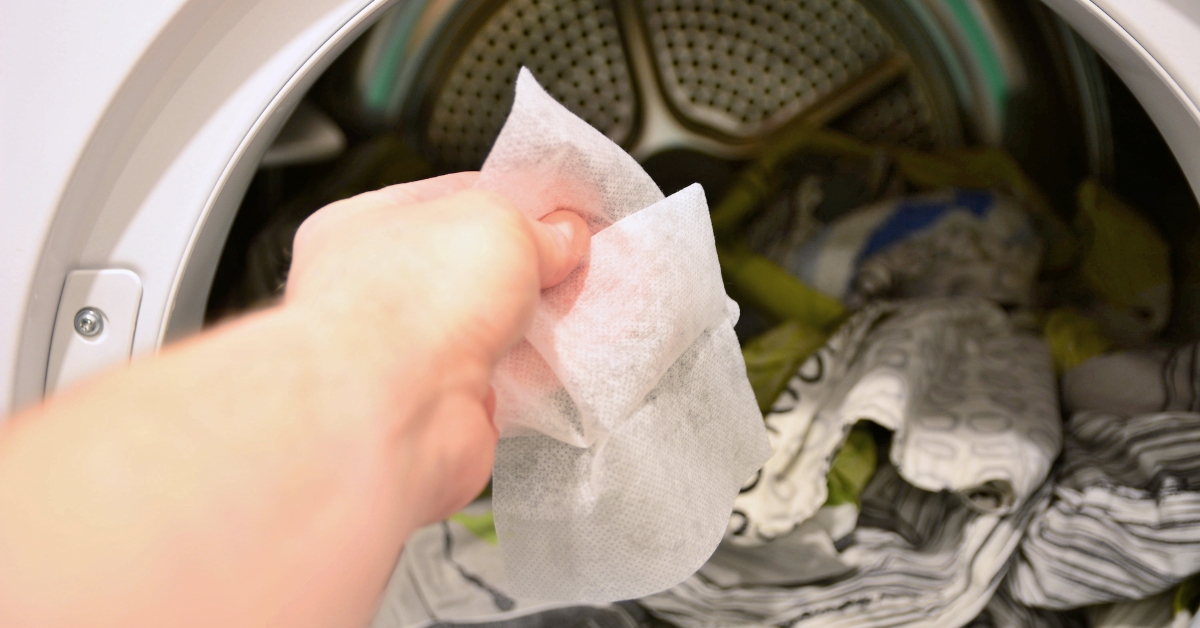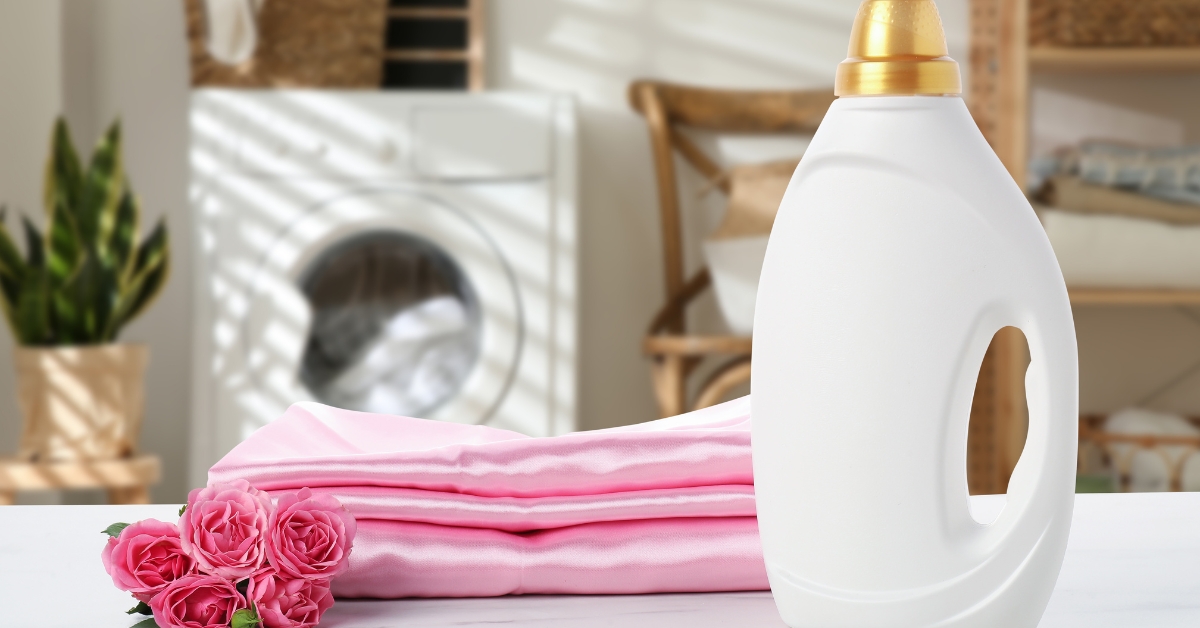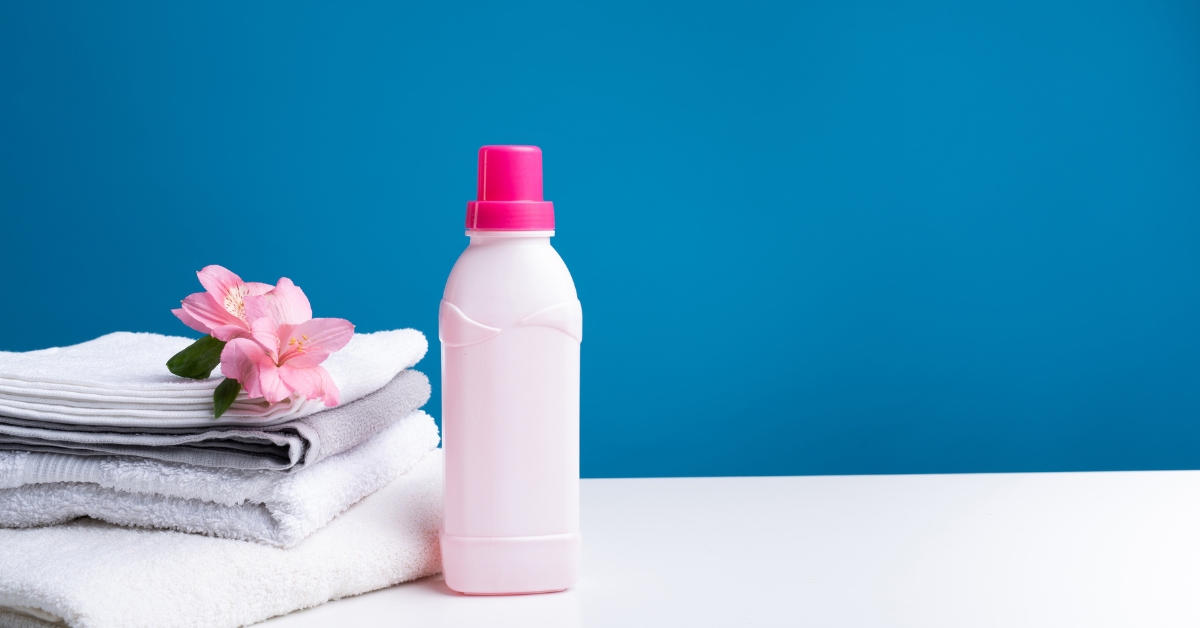There’s nothing more frustrating than pulling a fresh load of laundry out of the washing machine only to be hit with that familiar, sour smell of lingering sweat or that damp, musty odor. If you’ve ever wondered why your standard detergent isn’t enough to tackle these deeply set smells, you’re not alone.
Using the right odor eliminator for laundry is crucial not just for achieving true freshness and hygiene, but also for prolonging the life of your clothes, especially high-tech activewear. In this article, you will gain actionable strategies, guidance on the right products, and essential prevention tips to finally conquer stubborn smells in your wardrobe and washing machine.
Table of Contents
Understanding Laundry Odors
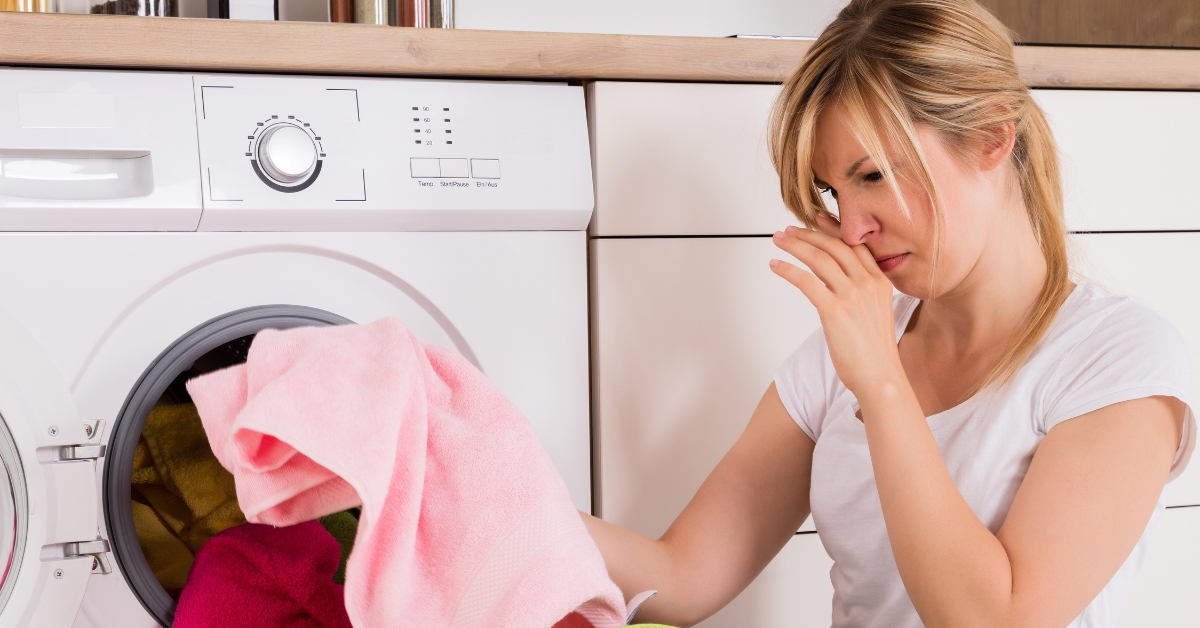
To effectively fight laundry odors, we must first understand their source. Smell isn’t dirt—it’s chemistry and biology at work.
Sweat Odors
The scent we associate with sweat isn’t the perspiration itself (which is largely odorless). Instead, it’s the result of bacteria on your skin breaking down compounds in the sweat (like fatty acids and amino acids).
This process releases volatile organic compounds (VOCs) that we perceive as body odor. Synthetic fabrics like polyester are particularly notorious because their fibers trap these odor-causing bacteria and compounds, making post-workout sweat a persistent problem, even after a standard wash cycle.
Musty Odors
Musty odors are typically environmental and result from damp conditions. They occur due to:
- Moisture retention and improper storage of wet items.
- The growth of mold and mildew (fungi).
- Clothes creating a perfect breeding ground for fungi and bacteria when left damp.
This leads to the development of a biofilm—a thin layer of microbial cells—on fabrics or inside the washer’s seals, which makes the unpleasant scent nearly impossible to remove with standard detergent.
Why Detergent Alone Isn’t Enough
Standard detergents are effective surfactants, designed primarily to lift dirt, oil, and grime from fabric fibers. However, they are fundamentally limited in how they handle odor molecules. This is where specialized solutions come in:
- Standard Detergent: Cleans visible dirt and oils but fails to neutralize or break down odor molecules themselves.
- Specialized Solutions (Enzymatic/Mineral-Based): Work better because they actively target and destroy the chemical structure of the odor molecule or consume the odor-causing bacteria, providing true odor elimination.
Odor Eliminators vs. Scent Boosters
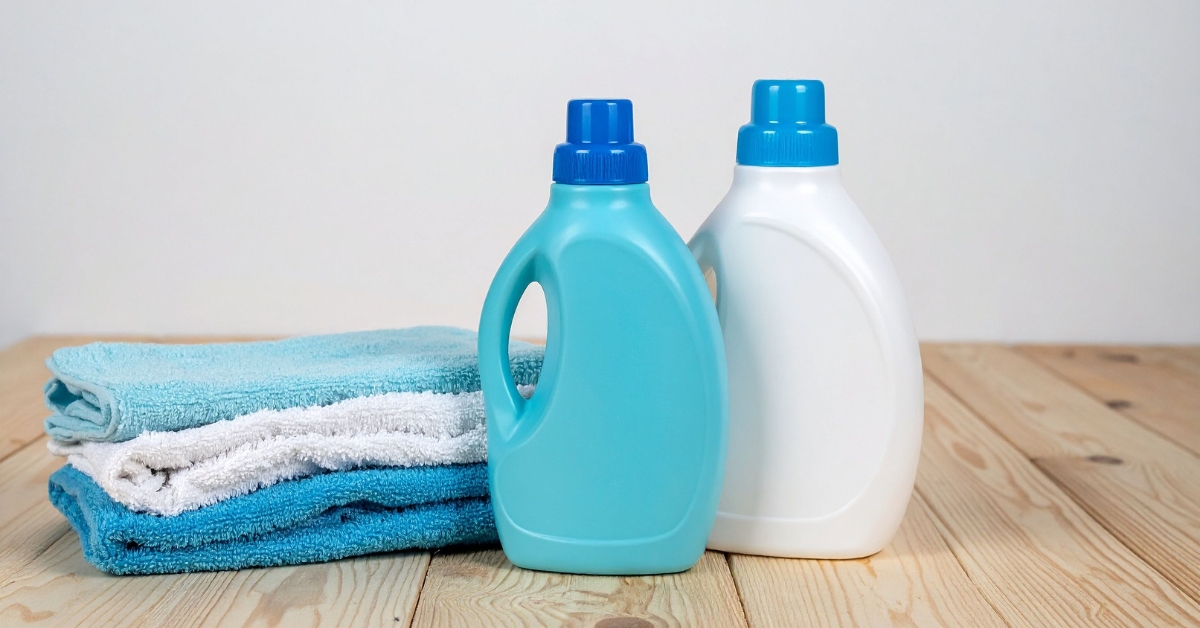
It is vital to distinguish between products that eliminate odors and those that simply mask them.
| Product Type | Primary Function | Mechanism | Long-Term Effectiveness |
| Odor Eliminators (e.g., enzymatic sprays, mineral additives) | Neutralize or destroy odor molecules. | Chemical reactions (neutralization) or biological action (enzymes break down odor-causing compounds). | High (permanently removes the source of the smell). |
| Scent Boosters (e.g., beads, scented oils) | Add fragrance to clean laundry. | Releases micro-capsules of perfume during the wash or wear cycle. | Low (only masks the smell; odor source remains). |
For genuinely stinky laundry, an odor eliminator for laundry is the only way to achieve lasting freshness. Scent boosters are best used after the odor has been eliminated to add a pleasant fragrance, not as a solution to a smell problem.
Choosing the Best Laundry Odor Remover
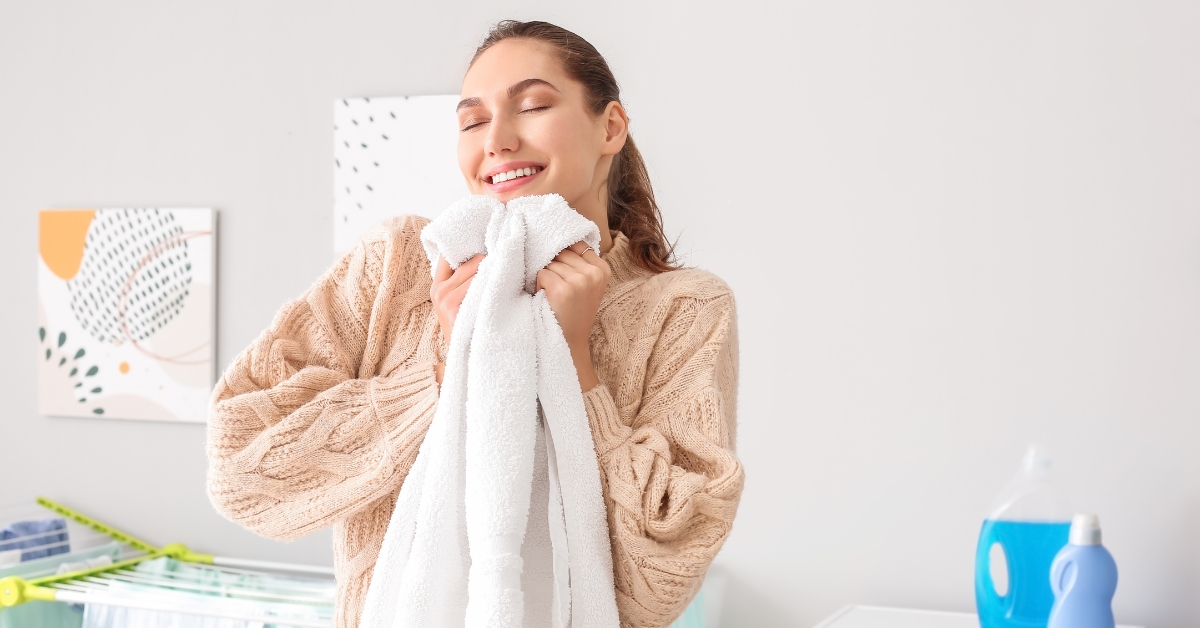
Finding the right product depends on the type of odor you are battling and your machine type.
Commercial Solutions
- Enzymatic Cleaners: Often considered the best laundry odor remover for pet stains, urine, and heavy sweat. They use enzymes that act as tiny scissors, slicing apart the complex proteins and acids that create the odor. Ensure you pick one labeled as HE-compatible if you have a high-efficiency machine.
- Mineral-Based Additives: Products containing borax or mineral salts often act by adjusting the water’s pH balance, making it hostile for odor-causing bacteria and improving detergent effectiveness.
DIY and Natural Alternatives
For many, the best odor remover for laundry can be found right in the pantry:
- White Vinegar: Add half a cup of distilled white vinegar to the fabric softener dispenser. Its acetic acid works as a mild disinfectant and odor neutralizer. Do not mix vinegar with chlorine bleach.
- Baking Soda (Sodium Bicarbonate): Add half a cup to the wash drum with your detergent. It’s an excellent, gentle deodorizer that raises the water’s pH level, aiding in neutralization.
- Essential Oils (Optional): While not true odor eliminators, a few drops of tea tree or lemon oil added during the rinse cycle can offer a fresh, laundry scent remover feel without heavy perfumes.
Matching the Product to the Odor
If you need to remove sweat smell from clothes, enzymatic cleaners are ideal. For persistent mildew or musty smells in towels, a vinegar or borax soak often works wonders.
Step-by-Step Guide to Removing Sweat Smell from Clothes
Follow these steps for guaranteed results when dealing with heavy workout gear:
- Immediate Pre-treatment: Never leave sweaty clothes balled up in a hamper. If you can’t wash them immediately, hang them up to dry. Before washing, rinse heavily soiled items in cold water to flush out some sweat and prevent the odor from setting.
- Soaking and Washing: For synthetic activewear, use a cold or warm water cycle (hot water can set protein-based stains and damage technical fibers).
- Soak: For intense odors, soak the clothing for 30 minutes to an hour in a solution of water and your chosen odor eliminator for laundry (or 1 cup of white vinegar per gallon of water).
- Wash: Use your regular detergent, but add a specialized best laundry odor remover to the wash drum.
- Drying Tips: This is critical. Never machine-dry clothes that still smell. The heat will permanently bake the odors into the fibers. Always air dry sweat-prone clothing, preferably outside in the sun, which acts as a natural deodorizer. Use wool dryer balls in the machine for remaining loads to improve air circulation and reduce drying time.
Tackling Persistent and Special Odors

Some odors, like mildew or smoke, are deeply set and require more aggressive, targeted treatment than a typical wash cycle provides.
Musty Towels and Bedding
The key here is a deep-clean soak. Run towels through a hot water cycle with 1 cup of vinegar (no detergent). Follow this immediately with a second hot cycle using 1/2 cup of baking soda (no detergent). This two-step process breaks down the lingering biofilm.
Pet, Smoke, and Food Odors
These smells are best addressed with a targeted best odor remover for laundry. Smoke and pet odors are tenacious; look specifically for enzyme products designed to break down these particular odor molecules. Treat the affected area directly before the wash cycle.
Delicates and Sensitive Fabrics
Use natural laundry scent remover alternatives like baking soda, which are gentle. For wool or silk, use a specialized enzymatic wash formulated for delicates and always air dry flat to maintain shape.
Prevention is Key
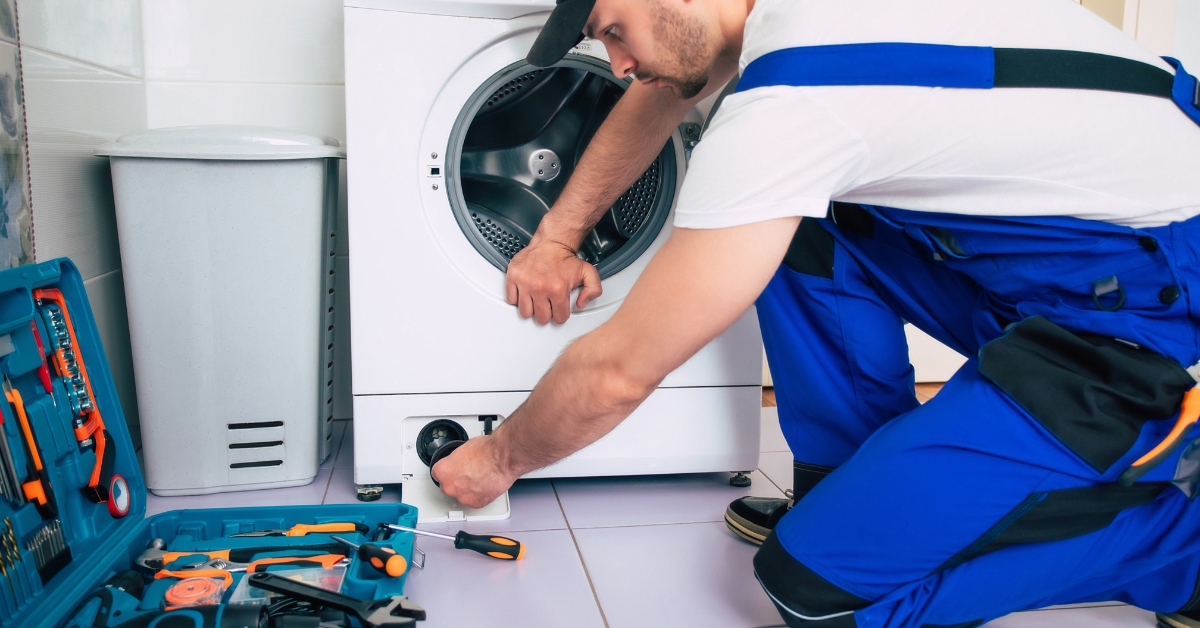
The most trustworthy method for maintaining fresh laundry is preventing the odors from building up in the first place.
Washing Machine Maintenance
Your washing machine itself is the biggest source of musty odors. At least once a month, run an empty cleaning cycle using a commercial machine cleaner, vinegar, or bleach. Always leave the drum door and the detergent dispenser slightly ajar after a wash to allow air circulation and prevent mold growth on the rubber seals.
Drying Habits and Timing
Never leave wet laundry sitting in the machine. Transferring loads to the dryer immediately is essential to stop mildew growth. If you must leave it, use the delay-start function to ensure the cycle finishes closer to when you can put it away.
Load Size and Detergent Dosage
Overloading the machine prevents clothes from moving freely, meaning water and detergent cannot properly rinse away soil and bacteria. Too much detergent can also create residue buildup, which traps odors. Always follow the manufacturer’s directions for dosage.
Regular Pre-treatment
For activewear, a quick spray of a specialized odor eliminator for laundry or a small sprinkle of baking soda into the gym bag helps neutralize smells before they set.
Extra Tips: Laundry Scent Removers That Actually Work
If you love a lightly scented load, you can combine the power of elimination with fragrance effectively:
- Eliminate First, Scent Second: Use a robust odor eliminator for laundry in the wash cycle.
- Use Natural Scents: Instead of heavy, synthetic scent boosters, consider adding a few drops of pure essential oil (like lavender or citrus) to a wool dryer ball during the drying cycle for a light, natural fragrance that complements the clean smell.
- Light Scent Options: Some brands offer products designed as a laundry scent remover that are formulated with light, non-cloying fragrances that won’t overwhelm the space or mask underlying problems.
The Three Pillars of Odor-Free Laundry
Conquering stubborn laundry odors rests on three key pillars: understanding the source (bacteria, mold, or mildew), choosing the right specialized products, and practicing diligent prevention. True freshness requires more than just masking smells.
Rely instead on a dedicated odor eliminator for laundry. This product chemically neutralizes or breaks down odor molecules completely, unlike a scent booster. By implementing these strategies—from the deep-clean soaks to simple machine maintenance—you can ensure your clothes and linens always come out genuinely fresh and clean.
